P.es at point A in the adjacent diagram:
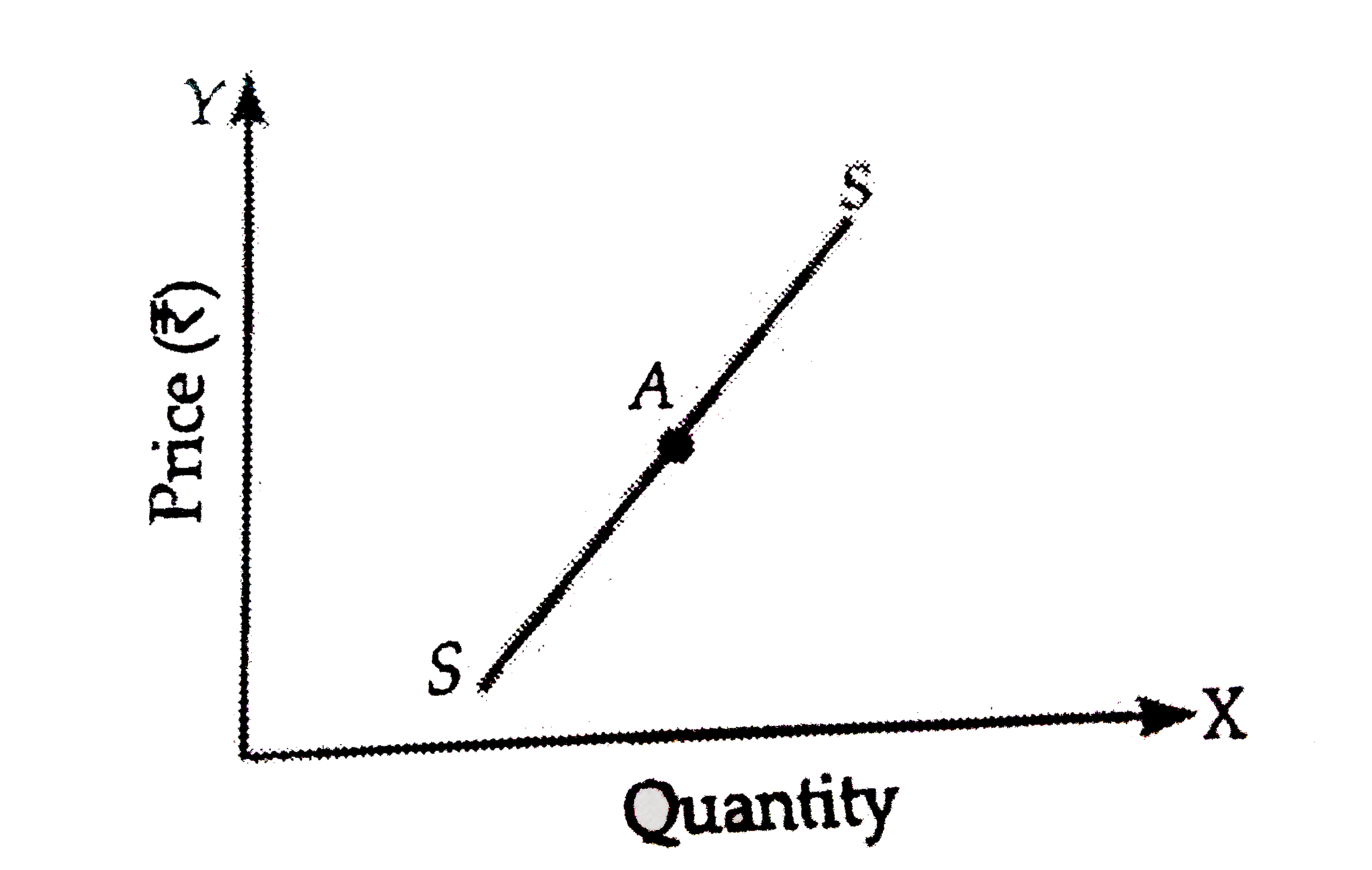
A
1
B
zero
C
>1
D
<1
Text Solution
The correct Answer is:D
|
Topper's Solved these Questions
- THEORY OF SUPPLY : LAW OF SUPPLY AND ELASTICITY OF SUPPLYBOOK - RADHA BHUGANACHAPTER - THEORY OF SUPPLY : LAW OF SUPPLY AND ELASTICITY OF SUPPLYEXERCISE - OBJECTIVE TYPE QUESTIONS
11 Videos
- THEORY OF SUPPLY : LAW OF SUPPLY AND ELASTICITY OF SUPPLYBOOK - RADHA BHUGANACHAPTER - THEORY OF SUPPLY : LAW OF SUPPLY AND ELASTICITY OF SUPPLYEXERCISE - CONCEPTUAL QUESTIONS
8 Videos
- THEORY OF SUPPLY : LAW OF SUPPLY AND ELASTICITY OF SUPPLYBOOK - RADHA BHUGANACHAPTER - THEORY OF SUPPLY : LAW OF SUPPLY AND ELASTICITY OF SUPPLYEXERCISE - PRACTICAL APPLICATIONS
8 Videos
- THEORY OF DEMANDBOOK - RADHA BHUGANACHAPTER - THEORY OF DEMANDEXERCISE - UNSOLVED NUMERICALS
7 Videos
Similar Questions
Knowledge Check
The experiment set up shown in the adjacent diagram is for
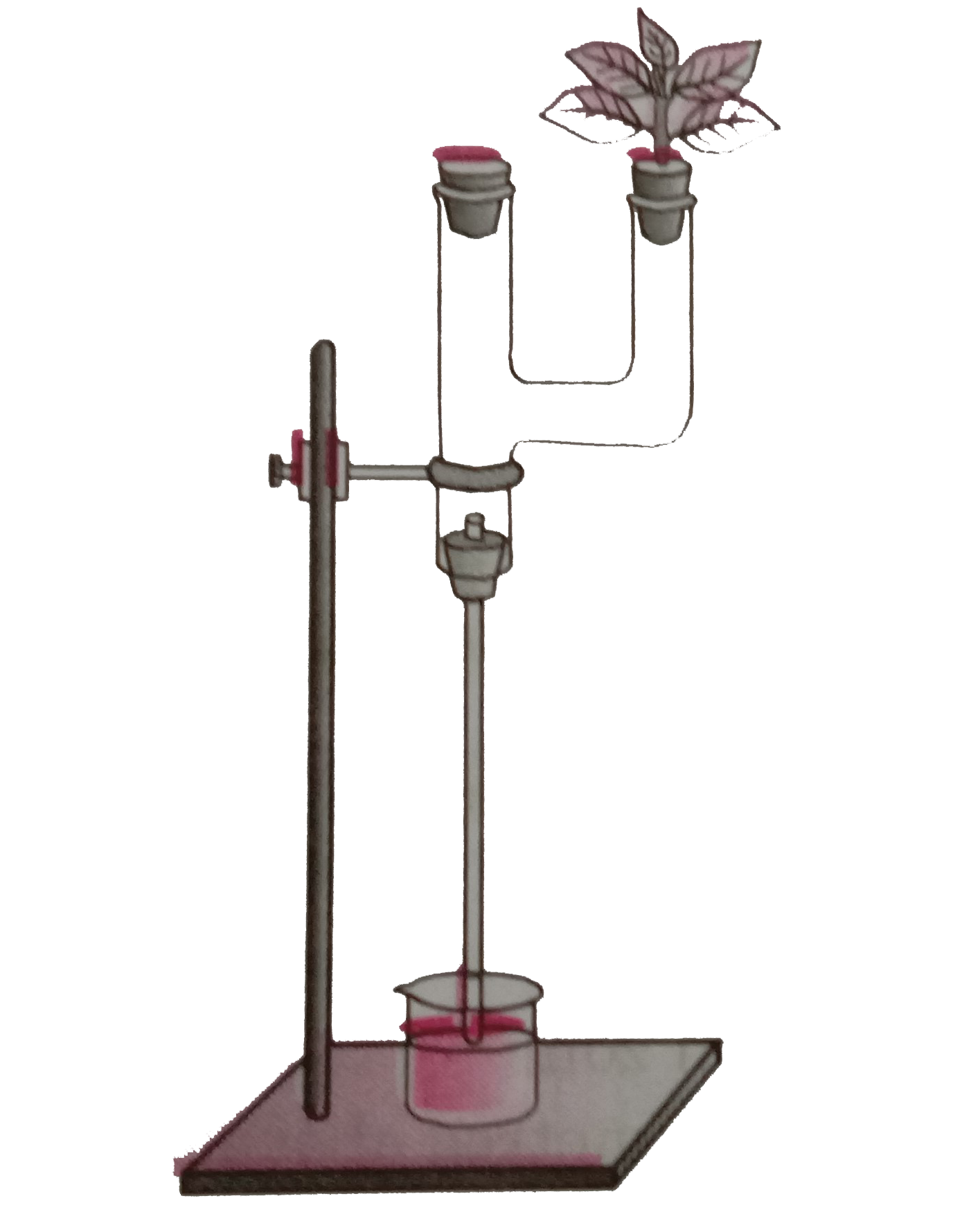 AThe demonstration of devolopment of suction force due to transpirationBMeasuring the rate of transpirationCThe demosntration of ascent of sapDThe demonstration of anaerobic respiration
AThe demonstration of devolopment of suction force due to transpirationBMeasuring the rate of transpirationCThe demosntration of ascent of sapDThe demonstration of anaerobic respirationThe flower shown in the adjacent diagram is
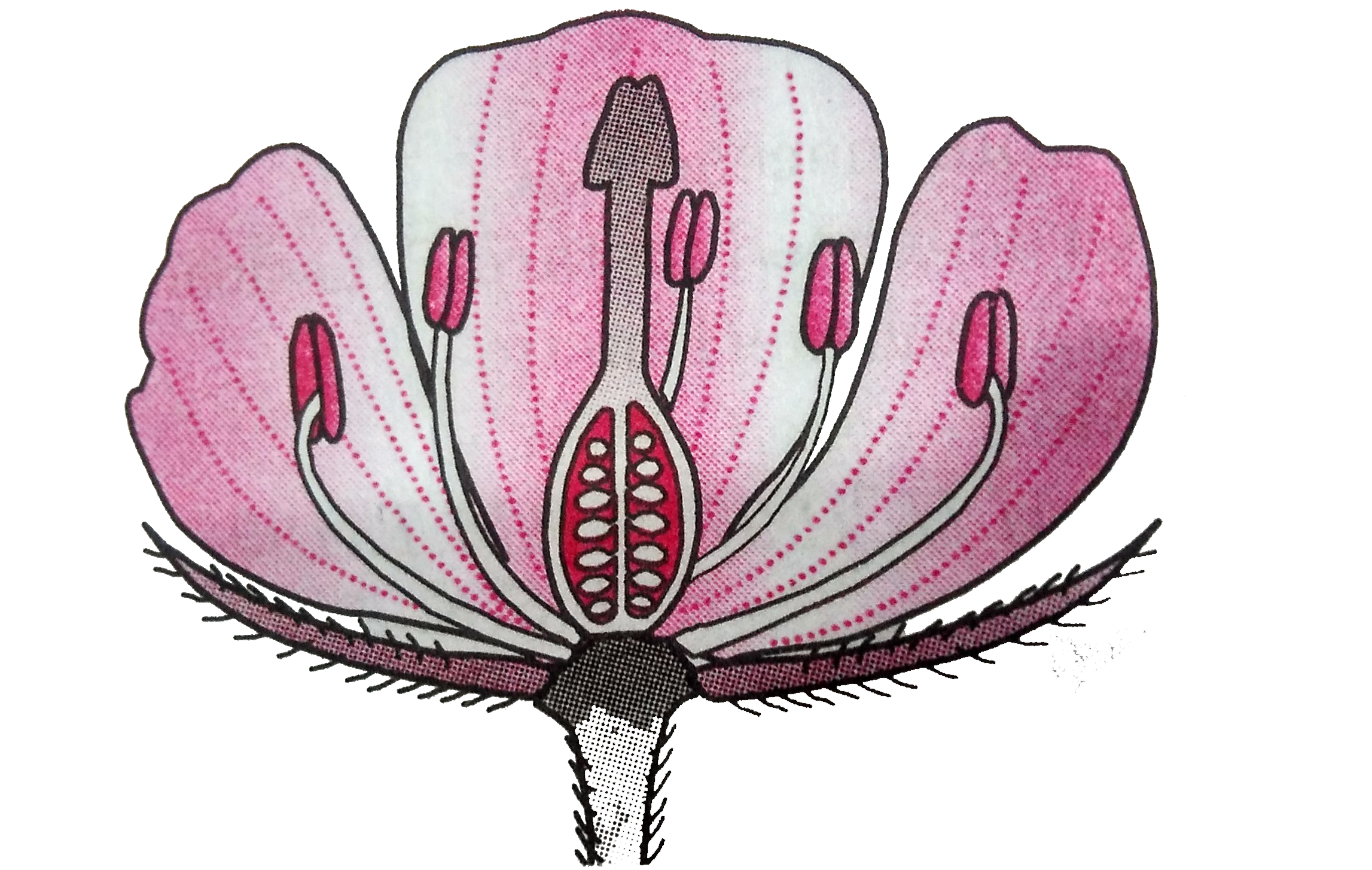 AHomochlamydeous unisexual and hypogynousBHomochlamydeous bisexual and epigynousCDichlamydeous bisexual and hypogynousDHeterochlamydeous bisexual and epigynous.
AHomochlamydeous unisexual and hypogynousBHomochlamydeous bisexual and epigynousCDichlamydeous bisexual and hypogynousDHeterochlamydeous bisexual and epigynous.The bisector of two adjacent angles in a parallelogram meet at a point P inside the parallelogram. The angle made by these bisectors at a point is ……………………
A180∘B90∘C45∘DNone of these
The potential (in volt) of point P in the given diagram will be
'(##CEN_KSR_PHY_JEE_CO20_E01_019_Q14##)'
View SolutionIn the given diagram, name the point(s)In the given diagram, name the point(s)
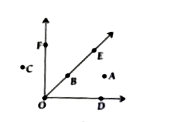
On ∠EOF
View SolutionIn the adjacent figure P is a point inside the parallelogram ABCD. Prove that
ar (APB) + ar (PCD) = 12 ar (ABCD)

View SolutionIn the adjacent figure P is a point inside the parallelogram ABCD. Prove that
ar (APD) + ar (PBC) = ar (APB) + ar (PCD)

View SolutionThe number of different circles passing through the points A,B,C,D,E,F and G as shown in the adjacent figure.
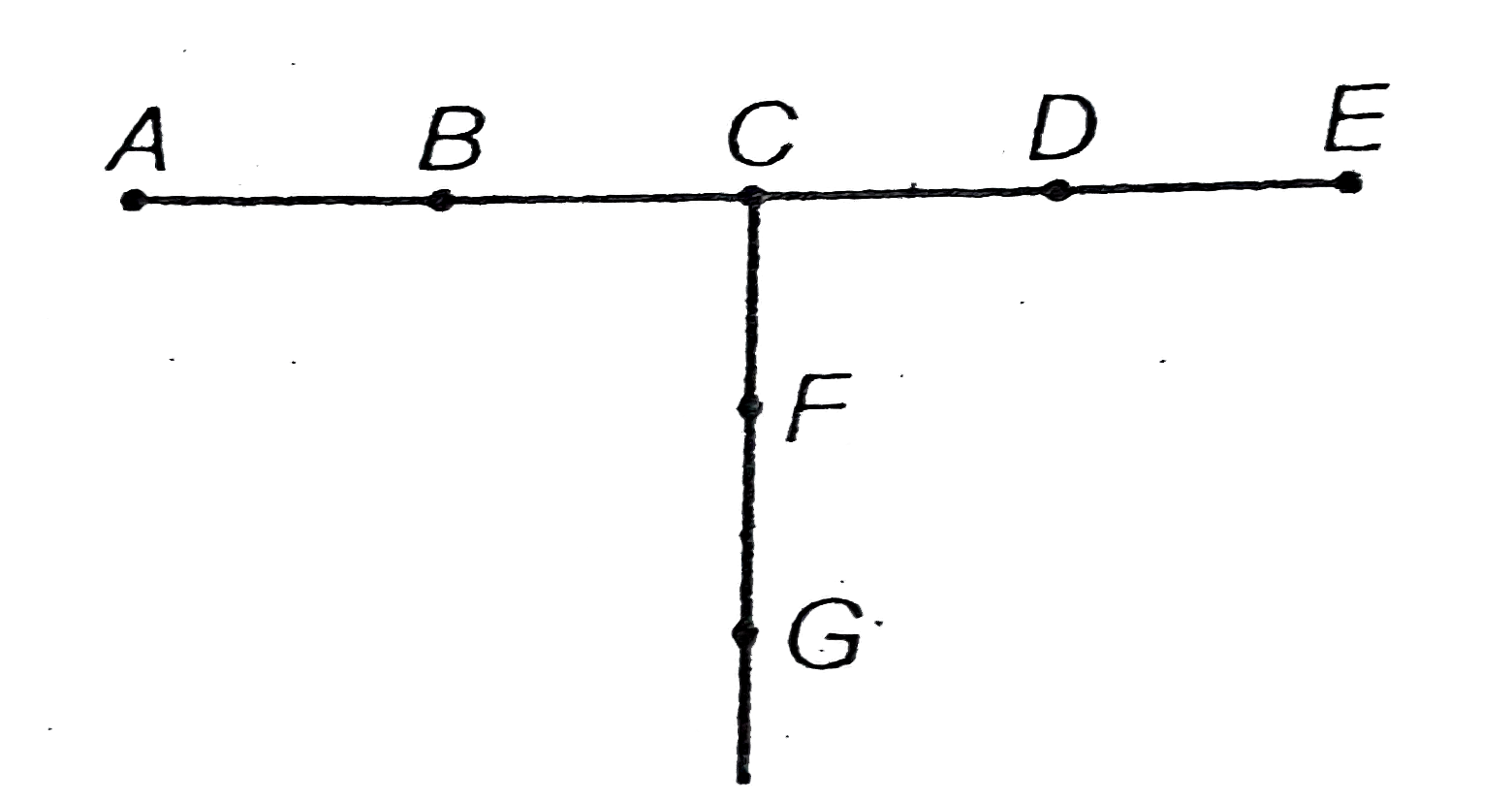
View Solution
